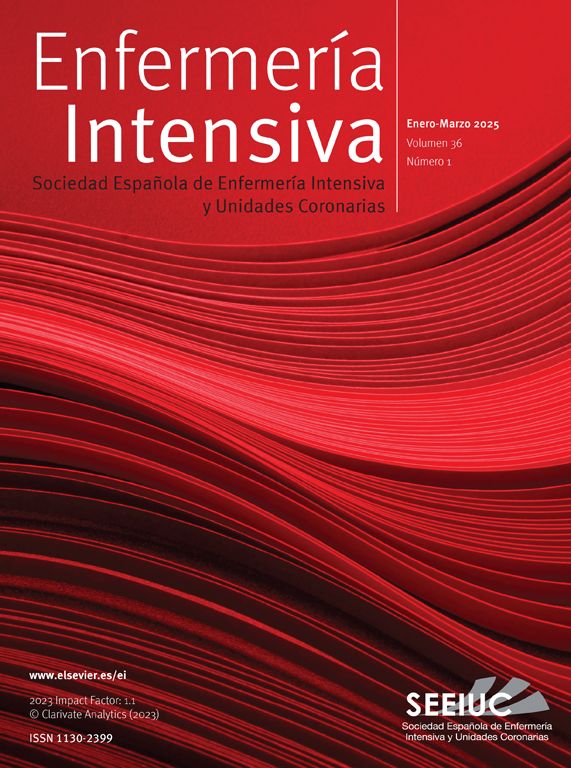El objetivo de este estudio es mostrar la utilidad de la vía intraósea como acceso vascular de emergencia, especialmente en niños, cuando el acceso vascular a través de vías periféricas o centrales se hace difícil o imposible.
De la bibliografía revisada se deduce que la vía intraósea constituye una vía de acceso rápida, fácil y eficaz al sistema vascular, sobre todo en los niños menores de 6 años. Su utilidad está indicada cuando, en situaciones de extrema urgencia, se tarda mucho en canalizar una vía periférica o central y la vida del niño está en peligro.
La zona más adecuada para su inserción es la porción proximal y porción distal de la tibia y la porción distal del fémur.
Permite la administración de líquidos, electrólitos y fármacos comparable a la vía venosa. Las complicaciones son escasas, siendo la más grave el síndrome compartimental.
Además de ser una vía alternativa para la perfusión de sustancias y fármacos en el torrente circulatorio, sirve como lugar de acceso al sistema vascular para la toma de muestras con fines de estudios de laboratorio. Se concluye que la vía intraósea constituye una vía de acceso al sistema vascular fácil, rápida y segura. Las complicaciones suelen ser raras y las contraindicaciones escasas.
The aim of this study was to demonstrate the usefulness of the intraosseal route in providing emergency vascular access, especially in children, when vascular access through peripheral or central routes is difficult or impossible. A literature review revealed that the intraosseal route provides rapid, easy and effective access to the vascular system, especially in children under the age of 6 years. This route is indicated when, in emergencies, peripheral or central cannulation is too slow and the child’s life is at risk. The most appropriate sites of insertion are the proximal or distal segments of the tibia and the distal segment of the femur. The administration of fluids, electrolytes and drugs through the intraosseal route is similar to that through the venous route. Complications are rare, the most serious being compartmental syndrome. In addition to providing an alternative route for the infusion of drugs and other substances into the bloodstream, the intraosseal route also provides access to the vascular system when samples for laboratory investigations are required. In conclusion, the intraosseal route provides rapid, safe and easy access to the vascular system. Complications are infrequent and there are few contraindications.







